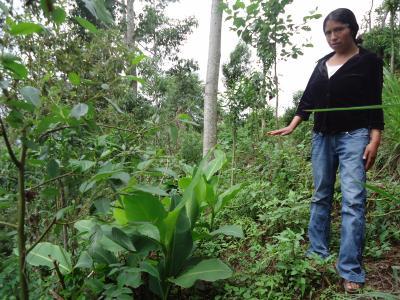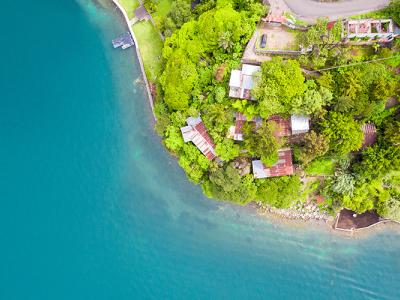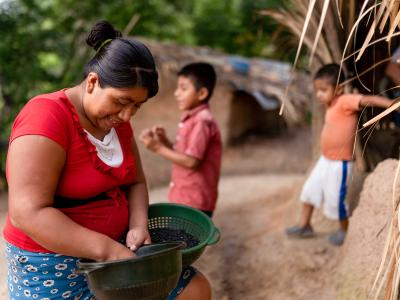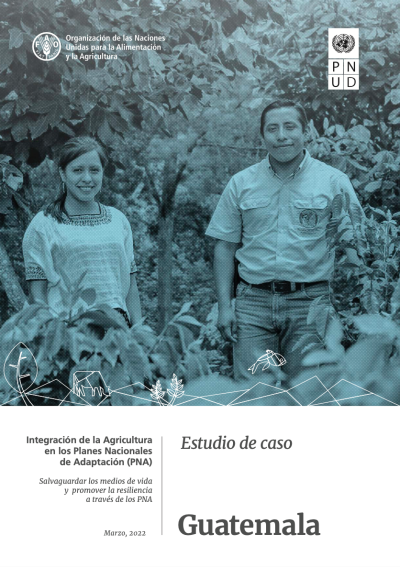With coastlines on both the Pacific Ocean and the Gulf of Honduras, the mountainous country of Guatemala covers an area of 108,889 square kilometers and has the largest population in Central America (estimated to be 14.36 million people). With political stability having returned to the country since 1996, its economy has grown. Agriculture accounts for 26 per cent of exports (including traditional products such as sugar, bananas and coffee, as well as new products such as winter vegetables, fruit and cut flowers). Other important economic sectors include tourism and the export of textiles and apparel (USDS, 2011). Despite these gains, Gross Domestic Product per capita remains about half of the average for Latin America and the Caribbean (at US$5,200 in 2010; CIA, 2010).
Like most countries in Latin America, Guatemala has submitted one national communication to the United Nations Framework Convention on Climate Change (UNFCCC). Land use change and forestry are by far the largest contributors to GHG emissions in the country. The emission reduction potential of the sector is large, but not sufficiently explored. Guatemala counts with 8 CDM projects, one of which is in the agricultural sector.
The Project on Capacity building for Stage II adaptation to climate change (Costa Rica, Cuba, El Salvador, Guatemala, Honduras, Mexico, Nicaragua, Panama) is funded through the GEF Trust Fund and is implemented by UNDP. Central America, Mexico and Cuba serve as the pilot region for elaborating and applying an Adaptation Policy Framework for preparing adaptation strategies, policies and measures. The application of this framework will demonstrate how policy for adaptation can be integrated into national sustainable development for at least three human systems: water resources, agriculture and human health. This demonstration project builds upon the Stage I vulnerability and adaptation assessments of the Initial National Communications of the eight participating countries of the region and will prepare them to move onto Stage III Adaptation. The outputs of the project, Stage II adaptation strategies may be used for preparing second National Communications.
Projects Completed
Latest Updates
See allLatest Publications
See allThis country case study on Guatemala is part of a series that describes the steps taken to formulate and implement National Adaptation Plans (NAPs…








